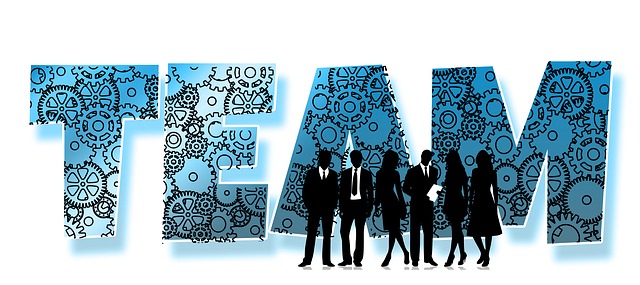Image by Gerd Altmann from Pixabay
Lean thinking has become imperative for business and government. Budgets are strained, but pressure continues to mount for better customer service.
The bottom-line: Both the private and public sectors need to save time and money while providing exemplary service – with existing resources. This requires major changes – often culturally.
The Kaizen philosophy is applicable for any situation. It utilizes the PDCA cycles (plan-do-check-act). That means asking the “five whys,” a question-asking technique for exploring the cause-and-effects associated with a problem.

PDCA cycles — management method used by Toyota
The Japanese word, Kaizen, means continuous improvement – a philosophy that embodies continuous improvement at work, home and social life.
It uses a collaborative, holistic approach to changes for the better involving the whole team – teamwork among management and employees.
Characteristically, it results in continuous process improvement and quality control in a timely fashion – without major capital expenditures. That’s accomplished by optimizing equipment, facilities, people and resources.
Implementing lean practices
Candidly, implementation of the Kaizen philosophy usually necessitates training in leadership and cultural change. Elements include showing managers the best techniques in coaching and mentoring.
It’s important to start at the top – by training managers first.
Training for the rest of the staff follows. Management is then in a perfect position to reinforce lean principles for posterity.
When implemented well, you’ll see evidence of leadership that inspires synergy, changes that fit well into place, and learning principles that last.
Leaders should be a catalyst for an environment for the creation of new ideas for continuous improvement via changes – always evolving in effectiveness, productivity, and safety. This includes training to enable team members to meet goals.
This requires major changes – often culturally.
Kaizen is a daily process – a system in which each person regularly contributes ideas for improvement. It’s nonstop. Ultimately, employees are encouraged to improve their workflows before waiting for management direction.
This optimizes the workforce. If 50 percent or more of an organization’s costs are labor and they’re talented employees, empower them.
Then, it follows that you have a powerful source for great improvement ideas.
Example of Kaizen results
The Kaizen secret for Toyota’s success: Each employee makes 60 to 70 annual suggestions. Toyota’s production system enables all workers to participate. The ideas aren’t ignored. None is too small to be considered. They’re documented, shared and implemented.
If a problem is spotted on the production line, everything stops. The employee and supervisor huddle to discuss solutions.
Kaizen’s a system involving quality circles in large organizations. Circles of employees work to set standards and constantly improve the standards.
Measurement plays a major role. Organizations record where they are. Solutions are developed. Changes are implemented. Then the processes are measured again to determine the success levels.
Other characteristics of organizations that adopt lean principles: they’re proficient in adaptive reuse, repurposing existing facilities, and in recycling. Waste is eliminated.
From the Coach’s Corner, here are links to related articles:
6 Steps to Implement a Cultural Change for Profits — If your company is lacking in teamwork, morale is poor and profits are weak, chances are you need to change your organization’s culture.
Is Your Company Underperforming in Marketing / Sales? Evaluate Your Culture — If you’re dissatisfied with your revenue, it’s time for an assessment of your culture’s operation. Why? Superior cultures drive business performance.
Manage Health Costs by Improving Your Culture 3 Ways — Is your company saddled with high health costs? By improving your culture in three ways to minimize stress, your company will improve performance and long-term sustainability.
Optimize Talent Management with 5 Coaching Culture Tips — When managers become coaches, you get a higher-performing workforce. You will have replaced mediocrity with strong performance. Here’s how to develop a coaching culture.
Welcoming New Hires the Right Way Enhances Your Culture — What is your plan for welcoming new employees? If you don’t plan well, you risk alienating your new employees, your organization’s culture and ultimately hurting your business performance.
If quitters never win, and winners never quit, then who is the fool who said, “quit while you’re ahead?”
__________






